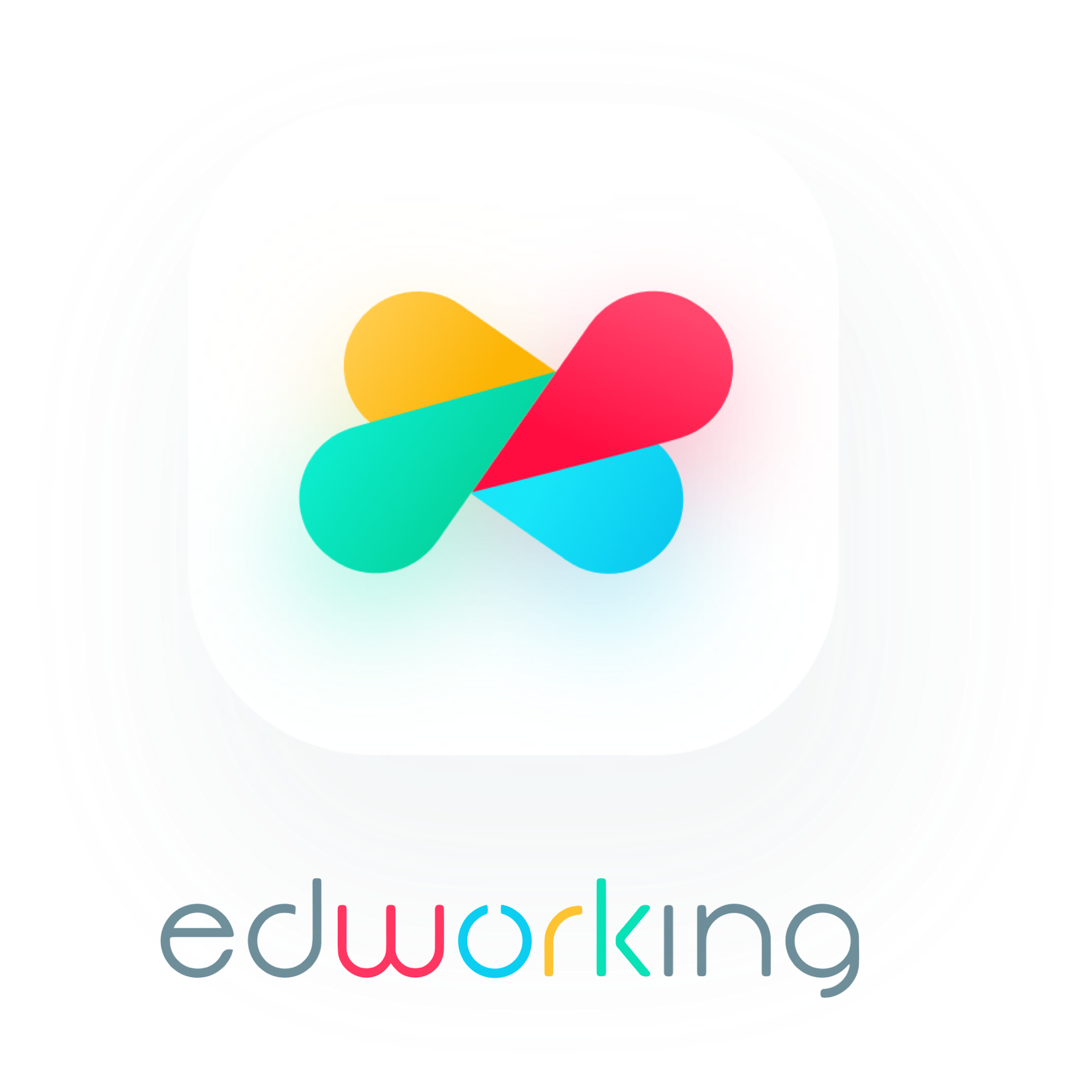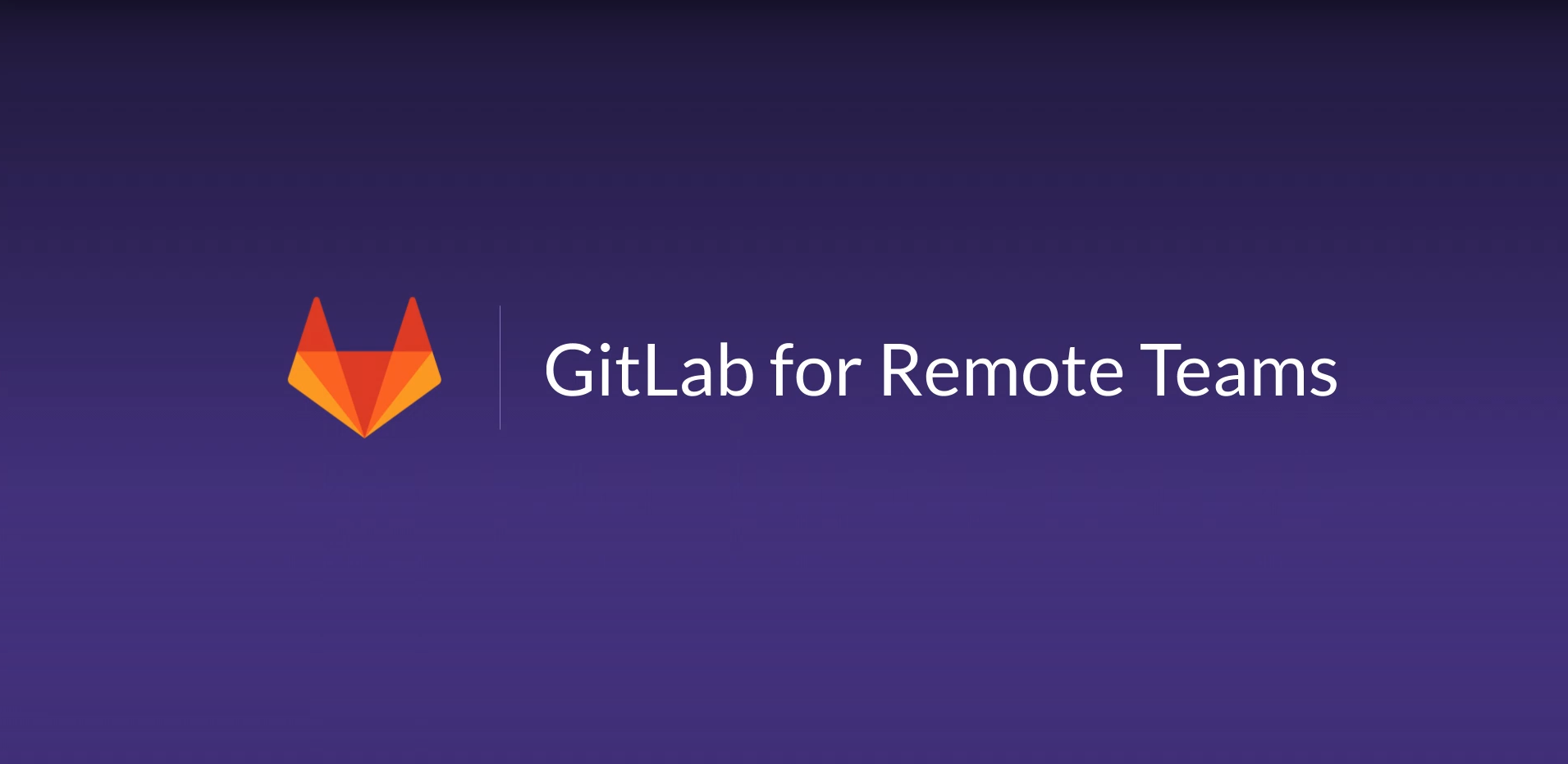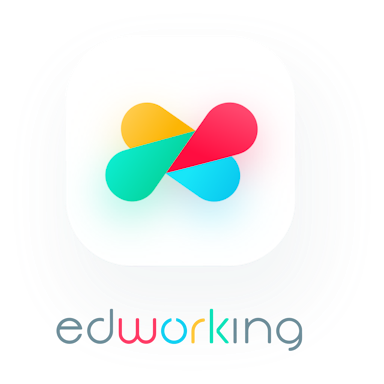Imagine waking up, grabbing your coffee, and getting to work—all without the hassle of a commute, endless office distractions, or rigid nine-to-five expectations. That’s the power and promise of a remote-first company culture. But here’s the thing: it’s not just about where you work. Building a thriving remote-first organization that actually scales takes more than sending everyone home with a laptop.
Whether you’re a founder aiming to attract global talent, a manager tasked with leading a distributed team, or someone advocating for more flexibility at work, understanding how to nurture and sustain a remote-first culture is essential. The right culture goes beyond video calls and project management tools—it’s about trust, clarity, and a shared sense of purpose, no matter where your team members log in.

In this guide, we’ll break down what it truly means to be remote-first, why it matters, and exactly how you can build a culture that supports growth, innovation, and engagement—at any scale. Ready to future-proof your business and empower your team? Let’s dive in.
 What Is a Remote-First Company Culture?
What Is a Remote-First Company Culture?
Defining Remote-First in Today’s Workplace
A remote-first company culture means remote work is not just allowed—it’s the default. In other words, every process, policy, and meeting is designed with remote participation at its core. In a remote-first environment, your team doesn’t just tolerate people working from different places—they expect and support it as the standard.
Remote-first isn’t about giving a handful of employees the flexibility to work from home a couple days a week. It’s about building a system where the whole organization can thrive, no matter where they’re located. Communication, decision-making, onboarding, and collaboration—all are set up so people working remotely have equal footing with those who might occasionally visit an office or coworking space.
Differences Between Remote-First and Remote-Friendly
You’ve probably heard companies call themselves “remote-friendly.” But here’s the main difference between remote-first company culture and a remote-friendly one: remote-first prioritizes the experience of remote workers at every level, while remote-friendly simply allows remote work as an option within a system that still centers on office-based employees.
In a remote-friendly organization, crucial information might be shared in hallway chats or impromptu meetings, leaving remote workers out of the loop. But in a remote-first culture, every update, document, or announcement is accessible to everyone—regardless of location. If one person is remote, everyone operates as if they are. This shift removes the “second-class citizen” feeling and ensures true inclusivity.
Why Remote-First Is the Future for Scaling Businesses
Here’s the reality: remote-first company culture is more than a pandemic trend or cost-cutting tactic. It’s a strategic move for companies that want to scale fast, attract top talent globally, and stay agile in a changing world. By making remote work the backbone of your organization, you’re no longer tied to a single talent pool or office lease.
As you grow, so do the complexities of communication, management, and company culture. A well-executed remote-first strategy lets you build processes that scale seamlessly—from five to five hundred people—without losing the values or energy that made your company special in the first place.
And honestly? As more of the best and brightest demand flexibility and work-life balance, the companies that “get” remote-first will win the talent war. It’s that simple.
 Core Elements of a Successful Remote-First Company Culture
Core Elements of a Successful Remote-First Company Culture
Clear Communication & Transparency
At the heart of every great remote-first company culture is communication that leaves no one guessing. When you’re not bumping into teammates in the break room, information has to travel differently—and it’s on leaders to make sure everyone gets what they need, when they need it.
Transparency matters, too. Teams should have easy access to company goals, roadmaps, and even mistakes. This might mean regular all-hands meetings, open documentation, and channels where people can ask questions without fear. When communication is proactive and transparent, trust flourishes—even across time zones.
Trust, Autonomy, and Accountability
If you’re constantly peeking over someone’s digital shoulder, you’re doing remote-first wrong. The best remote-first company cultures operate on trust and give people autonomy over their work. Instead of tracking hours and keystrokes, focus on outcomes: Are projects getting done? Are goals being met?
But autonomy doesn’t mean anarchy. Clear expectations, goal-setting, and regular check-ins hold everyone accountable. The magic happens when employees feel empowered to do their best work in the way that suits them, while still knowing their contributions matter.
Asynchronous Workflows and Documentation
Not everyone is online at the same time—and that’s a good thing. Asynchronous work is a cornerstone of successful remote-first teams. It allows people to collaborate, share updates, and move projects forward without waiting for someone in another time zone to wake up.
This approach relies heavily on documentation. Meeting notes, project updates, decisions—all should be recorded and easily accessible. When everything is documented, there’s no need to “be in the room” to stay in the loop. This not only levels the playing field for global teams, it also boosts productivity and prevents information loss.
Inclusivity and Connection Across Borders
One of the fears about remote work is losing the human connection. But a true remote-first company culture doesn’t see geography as a barrier—it sees it as an asset. Inclusivity means making sure every voice is heard, whether someone’s working from Paris or Peoria.
This could mean celebrating cultural holidays, rotating meeting times to accommodate different regions, or using digital tools to create virtual watercoolers. When you build in opportunities for social connection and recognition, you help everyone feel like they belong.
 Building and Scaling Your Remote-First Culture from Day One
Building and Scaling Your Remote-First Culture from Day One


Hiring and Onboarding Remotely
To truly embody a remote-first company culture, you need to start with hiring. That means your recruitment process should be location-agnostic—searching for talent wherever it exists, not just near your headquarters. Interviews, assessments, and even trial projects should all be conducted remotely to reflect how you’ll actually work together.
Onboarding sets the tone for every new hire. With no office tour or in-person coffee chats, your onboarding process has to be intentional. Welcome kits sent to new team members, detailed guides, mentorship pairings, and scheduled check-ins can help new hires feel included and supported from the start. Most importantly, make sure your culture, values, and ways of working are front and center in those first days.
Crafting Strong Remote-First Values
Culture doesn’t happen by accident. To scale a remote-first company culture, you need to define and document what you stand for—then weave those values into everything from performance reviews to how meetings are run. This means asking: What behaviors do we reward? How do we handle mistakes? How do we make decisions?
Make these values visible. Use them to guide hiring, leadership development, and recognition. When your culture is written down and widely understood, it won’t get diluted as you grow.
Setting Up the Right Tools and Processes
Tech is a game changer, but it’s not about having the most apps—it’s about having the right ones that truly support remote collaboration. This could mean a robust project management platform, secure file sharing, team chat, video conferencing, and digital whiteboards. The tools should be easy to use, integrated, and accessible to everyone, everywhere.
Processes are just as crucial. Define how projects are tracked, how feedback is given, how knowledge is documented, and how decisions are communicated. Remember, processes that work for ten people may not scale for a hundred, so revisit and update them regularly as your team grows.
Here’s a quick rundown of tools and process essentials:
- Project management: Keeps work organized and transparent.
- Communication channels: For async updates and real-time chats.
- Documentation hub: Stores everything from policies to meeting notes.
- Recognition systems: Celebrate wins, milestones, and great work.
Leadership in a Distributed Environment
Remote leadership requires a mindset shift. You can’t rely on body language, casual conversations, or quick office drop-ins. Instead, you’ll need to lead with intention—being more available, more communicative, and more empathetic.
Great remote leaders model vulnerability, encourage feedback, and build psychological safety. They trust their teams to deliver, remove roadblocks, and celebrate success publicly. As your company scales, invest in leadership development programs specifically for remote management, so your leaders are equipped to nurture culture from anywhere.
 Navigating Challenges and Pitfalls of Remote-First Culture
Navigating Challenges and Pitfalls of Remote-First Culture
Preventing Isolation and Disengagement
One of the most common concerns about a remote-first company culture is team members feeling isolated or disconnected. When you can’t just tap someone on the shoulder or join a spontaneous lunch, building real relationships takes extra effort. If you ignore this, disengagement can sneak up on even the most enthusiastic teams.
To prevent this, focus on intentional connection. Set up virtual coffee breaks, casual chats, or “donut meetings” where random teammates are paired for quick catch-ups. Encourage camera-on meetings for smaller groups (but never force it), and create safe spaces for off-topic conversations. Make sure managers check in regularly, not just about work but about well-being. When people feel seen and included, their engagement and loyalty skyrocket.
Avoiding Burnout and Promoting Work-Life Balance
Remote work doesn’t always mean work-life balance—sometimes it means work-life blur. Without a physical office to leave at the end of the day, it’s easy for work to creep into evenings and weekends, leading to burnout.
The best remote-first company cultures set clear expectations around availability and encourage boundaries. Leaders should model healthy behavior by logging off on time and taking vacations. Encourage teams to set “do not disturb” hours, block focus time, and actually use their PTO. If you notice someone working long hours or skipping breaks, check in and offer support. Prioritizing mental health is not a “perk”—it’s a necessity.
Measuring and Evolving Company Culture Remotely
Culture isn’t a set-it-and-forget-it project, especially as your team grows or changes. You need ways to measure how your remote-first company culture is working—and where it needs improvement.
Regular pulse surveys, open feedback channels, and anonymous suggestion boxes give everyone a voice. Track engagement, retention, and even performance data to spot patterns early. Most importantly, act on what you learn. Share what you’re changing (and why), and celebrate the improvements together. When people see their feedback making a difference, they’re far more likely to invest in the culture you’re building.
 Real-World Examples & Best Practices
Real-World Examples & Best Practices

Lessons from Successful Remote-First Companies
The world’s most admired remote-first organizations didn’t just stumble into success—they made bold, strategic choices that shaped their remote-first company culture. Companies like GitLab, Zapier, and Buffer are classic examples. What sets them apart isn’t just their tech stack or generous WFH policies; it’s their relentless focus on intentionality.
For instance, GitLab has famously open documentation. Every policy, process, and even meeting recording is accessible to all. Buffer shares its values, salaries, and even mistakes publicly. Zapier goes the extra mile by making all internal communication asynchronous-by-default and building routines for peer recognition. The lesson? Radical transparency and documentation create trust and alignment—especially when your team is scattered across continents.
Practical Tips for Maintaining Engagement at Scale
Scaling a remote-first company culture isn’t about “just adding more people”—it’s about deepening the culture so everyone feels included and valued, no matter how big you get. Here are a few proven practices:
- Invest in onboarding: Give every new hire a buddy, a clear roadmap, and plenty of early touchpoints so they don’t feel lost.
- Celebrate wins together: Host regular all-hands, virtual parties, or demo days to highlight accomplishments and keep morale high.
- Keep feedback flowing: Make it easy for people to share ideas and concerns. Respond publicly and act quickly.
- Embrace diversity: Use your global reach to your advantage by learning from different cultures, perspectives, and working styles.
Above all, don’t forget that the best practices evolve. What worked when you were a team of ten might not work for a hundred. Stay flexible, be willing to experiment, and always put your people first.

 How Edworking Supercharges Remote-First Company Culture
How Edworking Supercharges Remote-First Company Culture
Centralizing Communication, Project Management, and AI Productivity
If you want your remote-first company culture to actually scale, you need more than just good intentions—you need the right platform. That’s where Edworking comes in. Imagine a single digital headquarters where your team can manage tasks, share files, jump on video calls, collaborate on docs, and even leverage AI—all without jumping between a dozen disconnected tools.
With Edworking, project management and communication live side by side. Teams can use Kanban boards and lists to track progress, update statuses, and quickly see who’s working on what. Need to clarify a task? Just chat about it right where the work is happening. Video meetings, file sharing, and real-time updates are all built in, so everyone stays aligned—whether they’re across town or halfway around the world.
Real-Time Collaboration Without the Chaos
A common pain point for growing remote teams is the “tool overload” that leads to miscommunication and lost information. Edworking solves this by bringing everything together. Its Docs feature lets you create, edit, and share documents directly inside the platform, so ideas and decisions never get lost in endless email threads.
With built-in video calls and “Stories” for quick team updates, Edworking mimics the spontaneous connections of an office—digitally. No more digging through different apps for context or missing out because you were offline. And because it’s all centralized, your team can collaborate in real time or asynchronously, depending on what works best for everyone.

Scalable Solutions for Teams of Any Size
Scaling a remote-first company culture means your tools have to scale, too. Edworking is designed for flexibility—supporting everything from small startups to fast-growing global teams. Its unlimited plans allow for more spaces, bigger files, longer calls, and seamless integration with thousands of other apps through Zapier. Need to automate repetitive tasks or connect with your favorite calendar? Edworking’s got you covered.
What really makes Edworking stand out is its suite of AI-powered features. With AI chatbots, automated search across docs and files, writing assistants, and content generators, Edworking helps your team work smarter—not just harder. The main difference between traditional project management software and Edworking is this deep integration of productivity and AI tools that boost creativity, automate routine work, and keep everyone in sync.
By building your remote-first company culture on a platform like Edworking, you don’t just keep up—you set the pace.
 Conclusion
Conclusion
Building a remote-first company culture isn’t just about adapting to the times—it’s about creating a workplace that thrives, scales, and attracts the best talent from anywhere in the world. When you put intentional communication, trust, transparency, and inclusivity at the center, you give your team the foundation they need to succeed, no matter where they log in.
It takes effort and the right strategies, but the payoff is huge: higher engagement, better retention, and a true sense of belonging that travels across borders. Add in the right technology—like Edworking—and you supercharge everything: collaboration, productivity, and the ability to grow without losing what makes your culture special.
Remote-first isn’t a trend. It’s the future of work. The sooner you invest in building and scaling it, the stronger your company will be—today, and for years to come.







